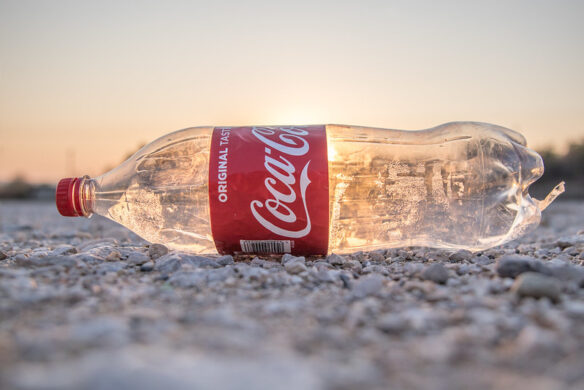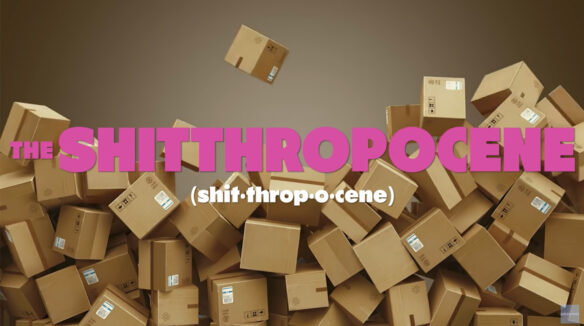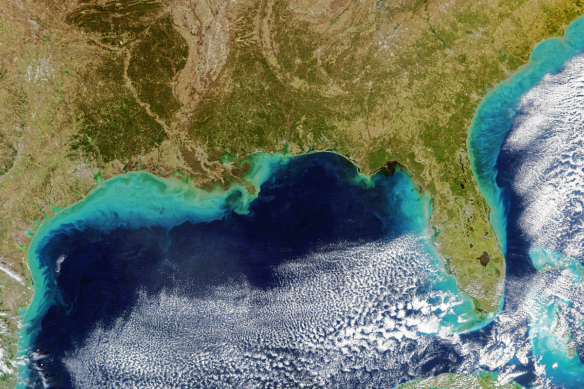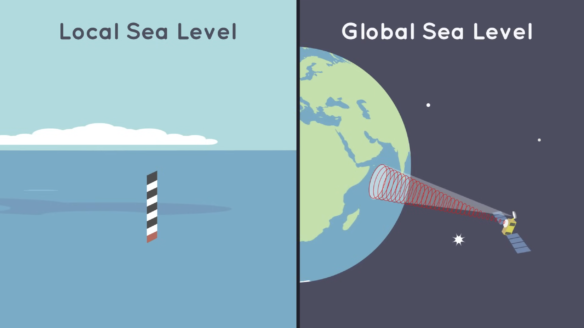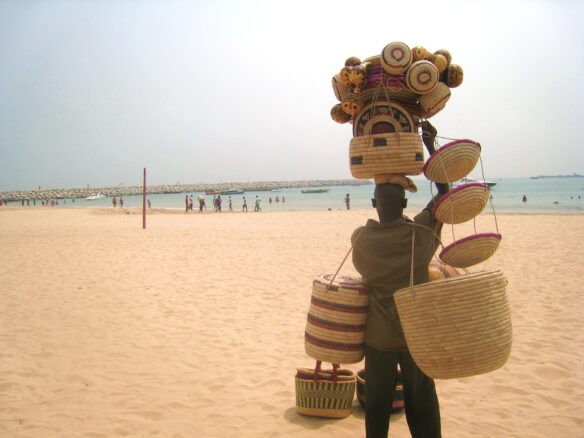Excerpt:
Scientists stunned by scale of destruction after summer of storm surges, cyclones and floods
Beneath the turquoise waters off Heron Island lies a huge, brain-shaped Porites coral that, in health, would be a rude shade of purplish-brown. Today that coral outcrop, or bommie, shines snow white.
Prof Terry Hughes, a coral bleaching expert at James Cook University, estimates this living boulder is at least 300 years old.
“If that thing had eyes it could have looked up and watched Captain Cook sail past,” he says, back on the pristine beach of this speck of an island 80km offshore at the southern end of the Great Barrier Reef.
It is not just Heron’s grand old bommie that is freshly bleached. The surrounding tangle of staghorn corals, or Acropora, are splashed in swathes of white, or painted a dappled mosaic of greens and browns that betray the algae and seaweeds growing over the freshly killed coral. Hughes estimates 90% of those branching corals are dead or dying.
Snorkelling above these blighted coral thickets evokes the imagery of forests annihilated by bushfires, or cities obliterated by missiles.
“It looks as if it has been carpet bombed,” says the Greens senator Peter Whish-Wilson, who has accompanied Hughes to Heron. “Like limbs strewn everywhere.”
Even Hughes, a man who has witnessed as much mass mortality of coral as any, looks shellshocked.
The Dublin-born, Townsville-based marine biologist already knew the coral ringing Heron had just experienced its worst recorded bleaching – and that this was no isolated event.
Last month the Australian Institute of Marine Science and the Great Barrier Reef Marine Park Authority released a report warning that the reef was experiencing “the highest levels of thermal stress on record”. The authority’s chief scientist, Dr Roger Beeden, spoke of extensive and uniform bleaching across the southern reefs, which had dodged the worst of much of the previous four mass bleaching events to blight the Great Barrier Reef since 2016.
Hughes saw in the institute’s aerial surveys results the most “widespread event and severe” bleaching event to date, not just in the south, but across much of the entire system – which stretches 2,300km up the Queensland coast.
But none of these metrics, it seems, could truly prepare him for the act of bearing witness to the unfolding calamity he has dedicated his life to preventing.
“It’s fucking awful,” the softly spoken scientist says, emerging from the ocean. “They said the bleaching was extensive and uniform. They didn’t say it was extensive, uniform and fucking awful.
“It’s a graveyard out there…”


